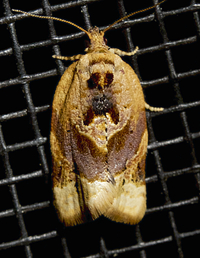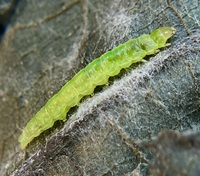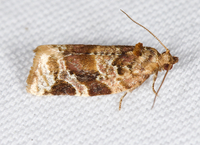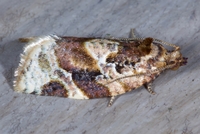 | Recorded by: Mark Basinger on 2025-07-05
Wilson Co.
Comment: |  | Recorded by: Dean Furbish on 2025-07-03
Wake Co.
Comment: |
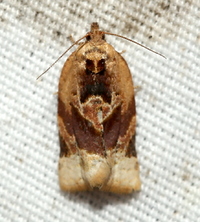 | Recorded by: David George on 2025-06-07
Durham Co.
Comment: | 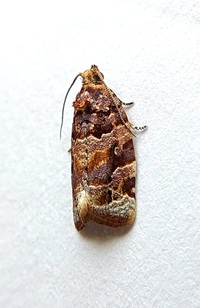 | Recorded by: Mark Basinger on 2025-05-31
Brunswick Co.
Comment: |
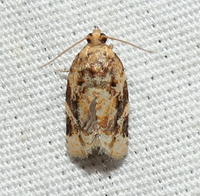 | Recorded by: David George on 2025-05-17
Durham Co.
Comment: | 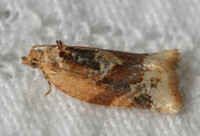 | Recorded by: Chuck Smith on 2025-05-16
Davidson Co.
Comment: |
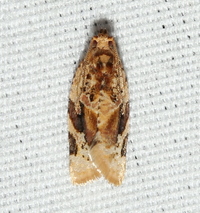 | Recorded by: David George on 2025-05-16
Durham Co.
Comment: | 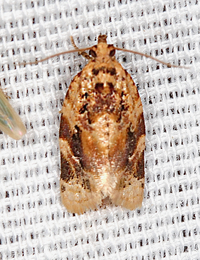 | Recorded by: Jim Petranka, John Petranka and Becky Elkin on 2025-05-09
Cumberland Co.
Comment: |
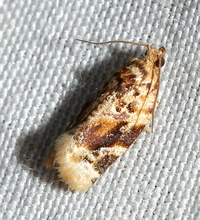 | Recorded by: Jeff Niznik, David George on 2025-05-09
Cumberland Co.
Comment: | 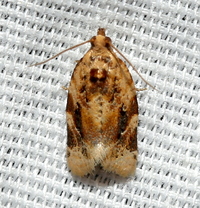 | Recorded by: David George, Jeff Niznik, Brian Bockhahn, Jim Petranka, John Petranka, Becky Elkin on 2025-05-09
Cumberland Co.
Comment: |
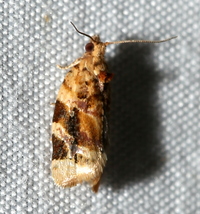 | Recorded by: David George, Jeff Niznik on 2025-05-09
Cumberland Co.
Comment: |  | Recorded by: Emily Stanley on 2025-04-25
Buncombe Co.
Comment: |
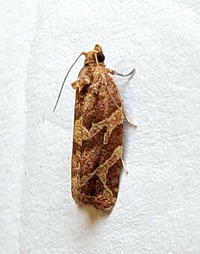 | Recorded by: Mark Basinger on 2025-04-25
Columbus Co.
Comment: | 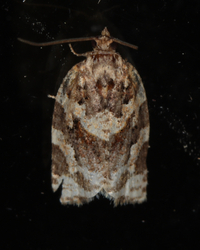 | Recorded by: Jim Petranka on 2025-04-22
Madison Co.
Comment: |
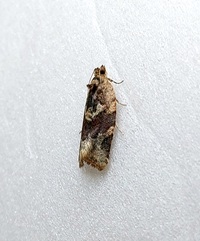 | Recorded by: Mark Basinger on 2025-04-06
Rowan Co.
Comment: | 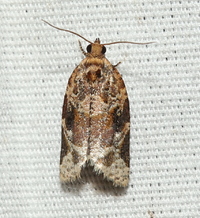 | Recorded by: David George, Jeff Niznik on 2025-04-05
Chatham Co.
Comment: |
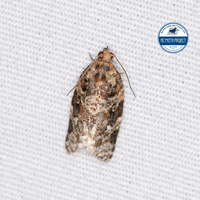 | Recorded by: Lior S. Carlson, Dean Furbish on 2025-04-05
Orange Co.
Comment: | 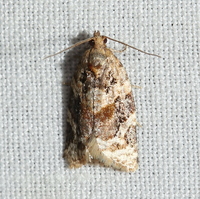 | Recorded by: David George on 2025-04-04
Durham Co.
Comment: |
 | Recorded by: Jim Petranka and Becky Elkin on 2025-04-04
Madison Co.
Comment: | 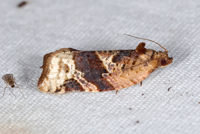 | Recorded by: Jim Petranka on 2025-04-02
Madison Co.
Comment: |
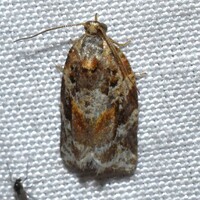 | Recorded by: Jeff Niznik, Larry Chen on 2025-04-02
Orange Co.
Comment: | 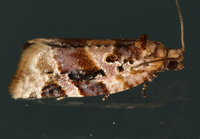 | Recorded by: Jim Petranka on 2025-03-23
Madison Co.
Comment: |
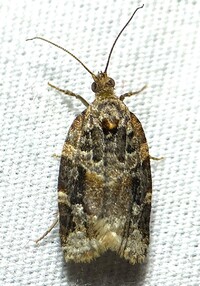 | Recorded by: Dean Furbish, Lior S. Carlson on 2025-03-19
Orange Co.
Comment: | 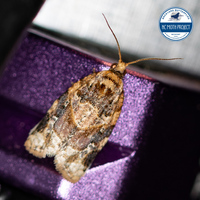 | Recorded by: Dean Furbish, Lior S. Carlson on 2025-03-19
Orange Co.
Comment: |
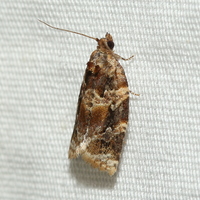 | Recorded by: David George, Steve Hall on 2025-03-15
Chatham Co.
Comment: | 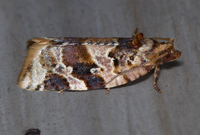 | Recorded by: Jim Petranka on 2025-03-14
Madison Co.
Comment: |
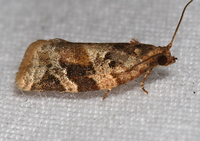 | Recorded by: Jim Petranka on 2025-03-13
Madison Co.
Comment: |  | Recorded by: Jeff Niznik on 2025-03-12
Orange Co.
Comment: |
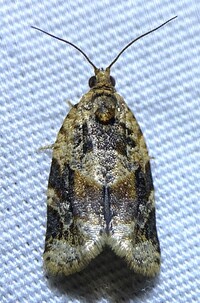 | Recorded by: Dean Furbish, Lior S. Carlson on 2025-03-12
Orange Co.
Comment: | 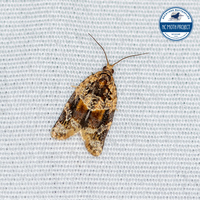 | Recorded by: Dean Furbish, Lior S. Carlson on 2025-03-12
Orange Co.
Comment: |
|

 »
»